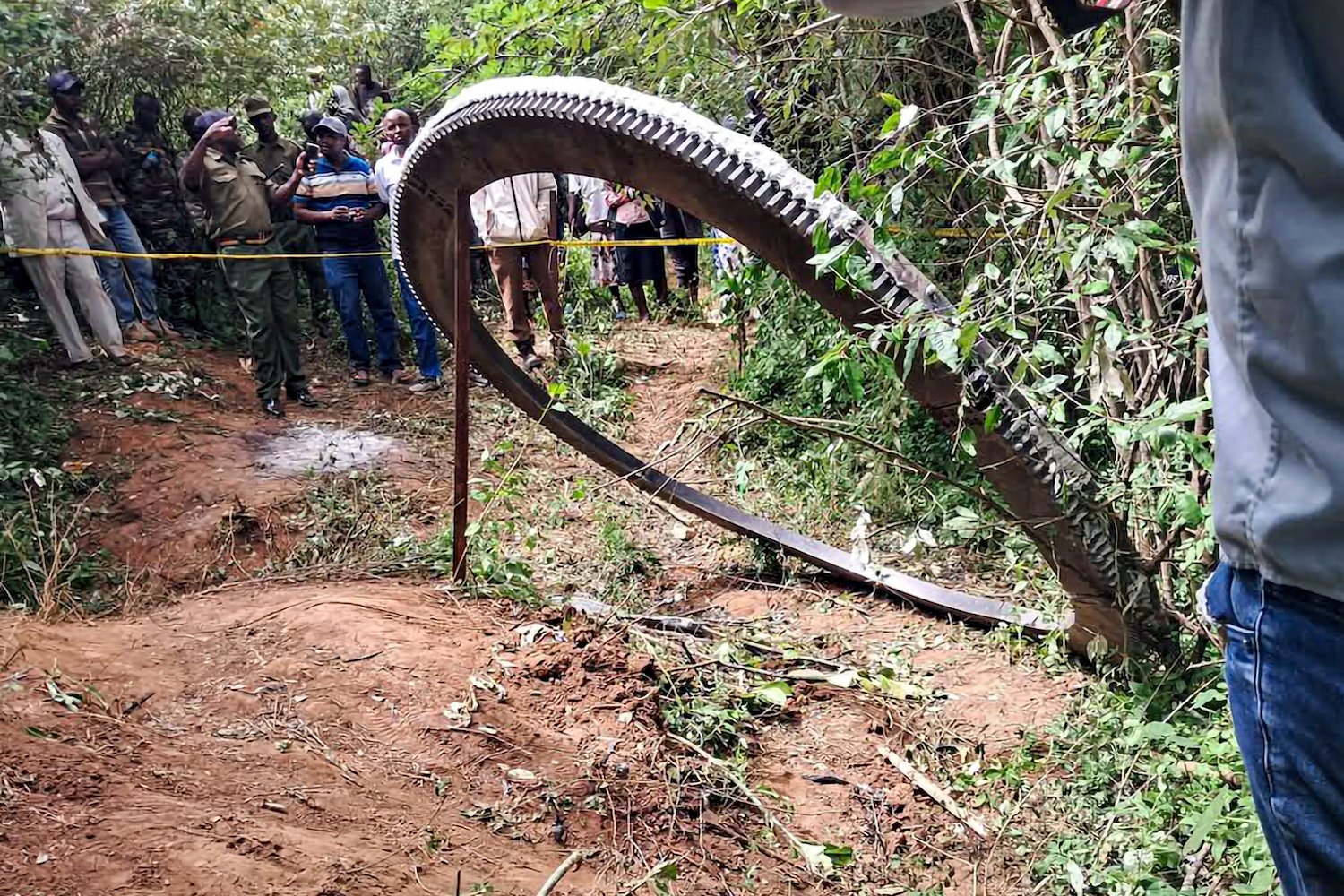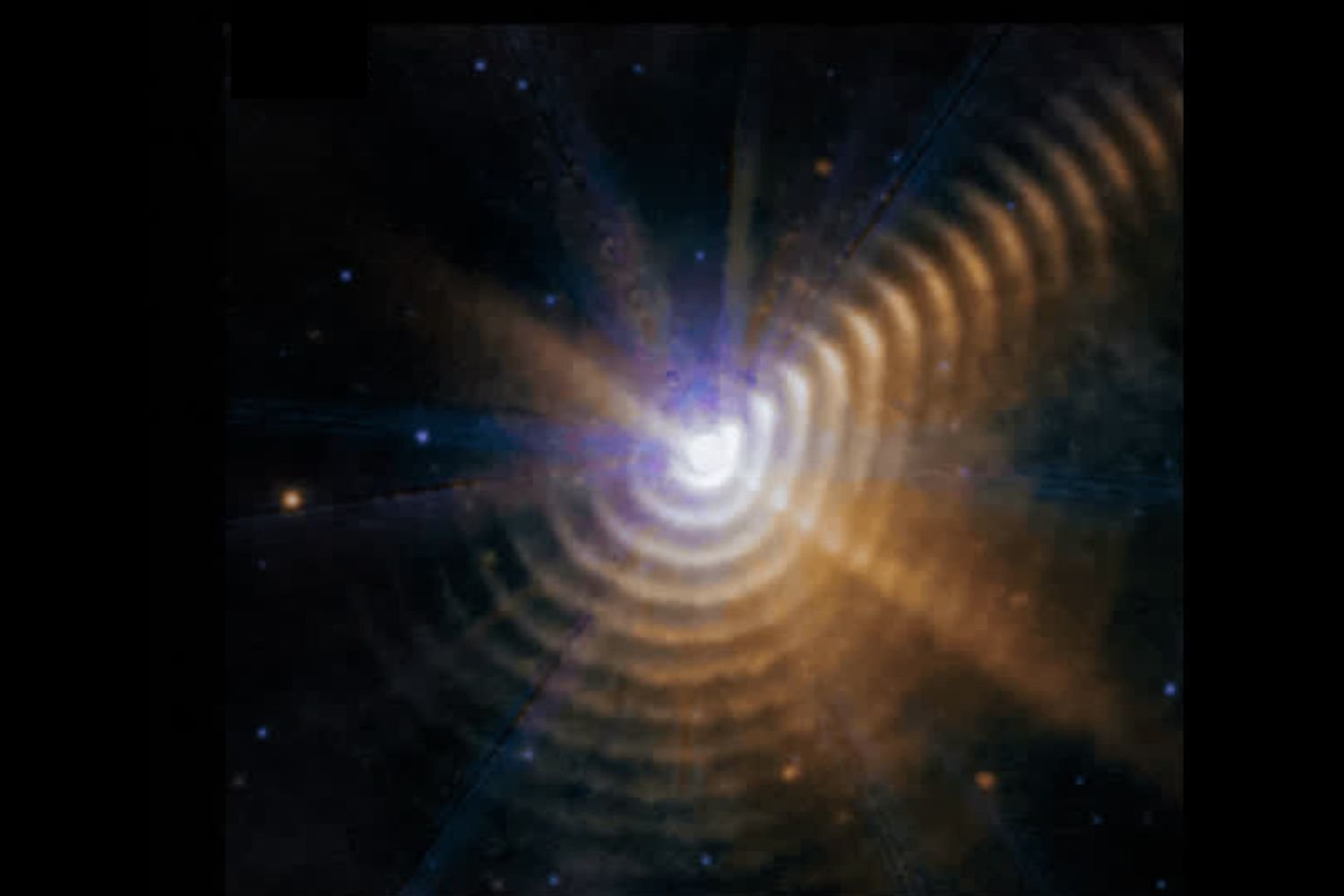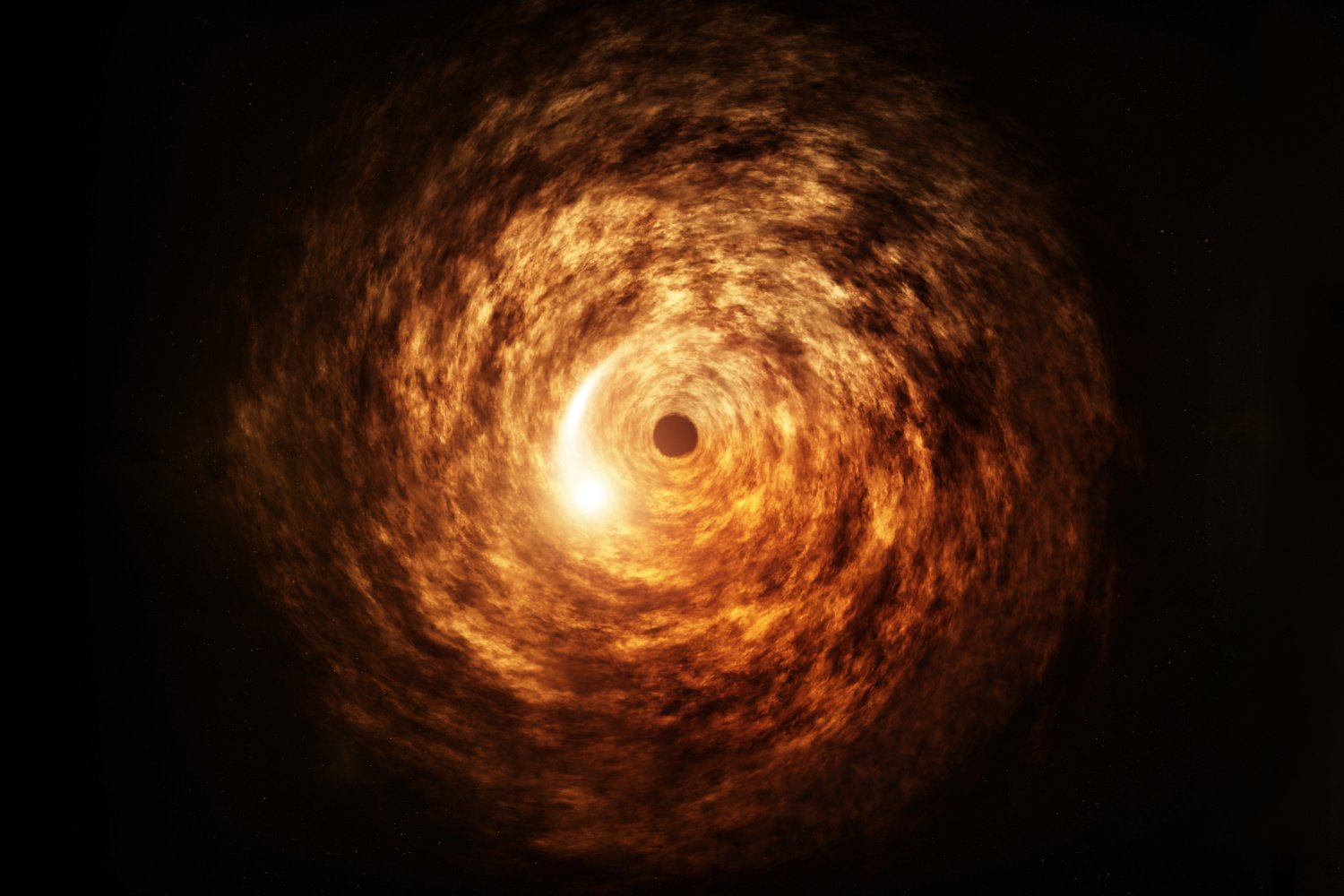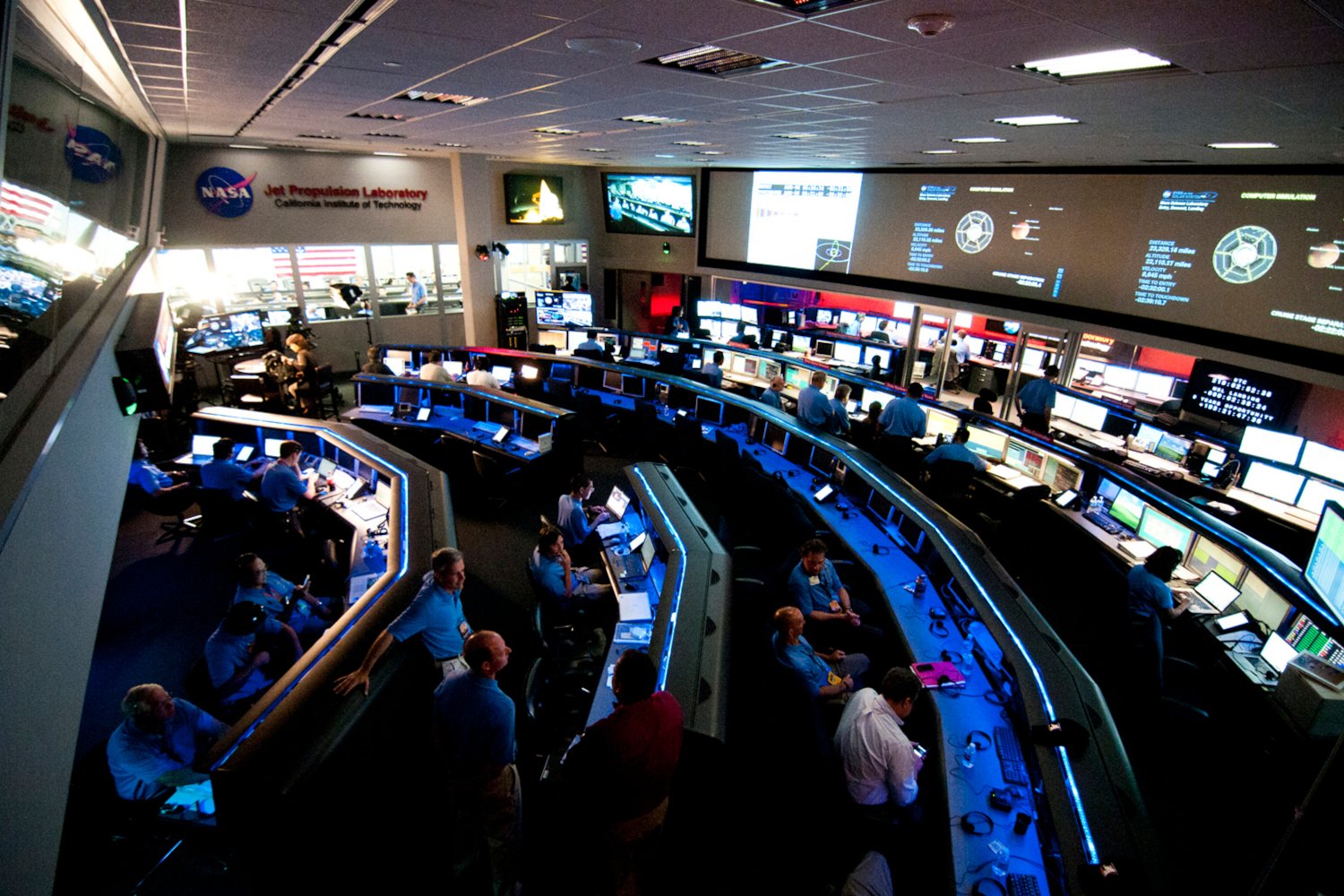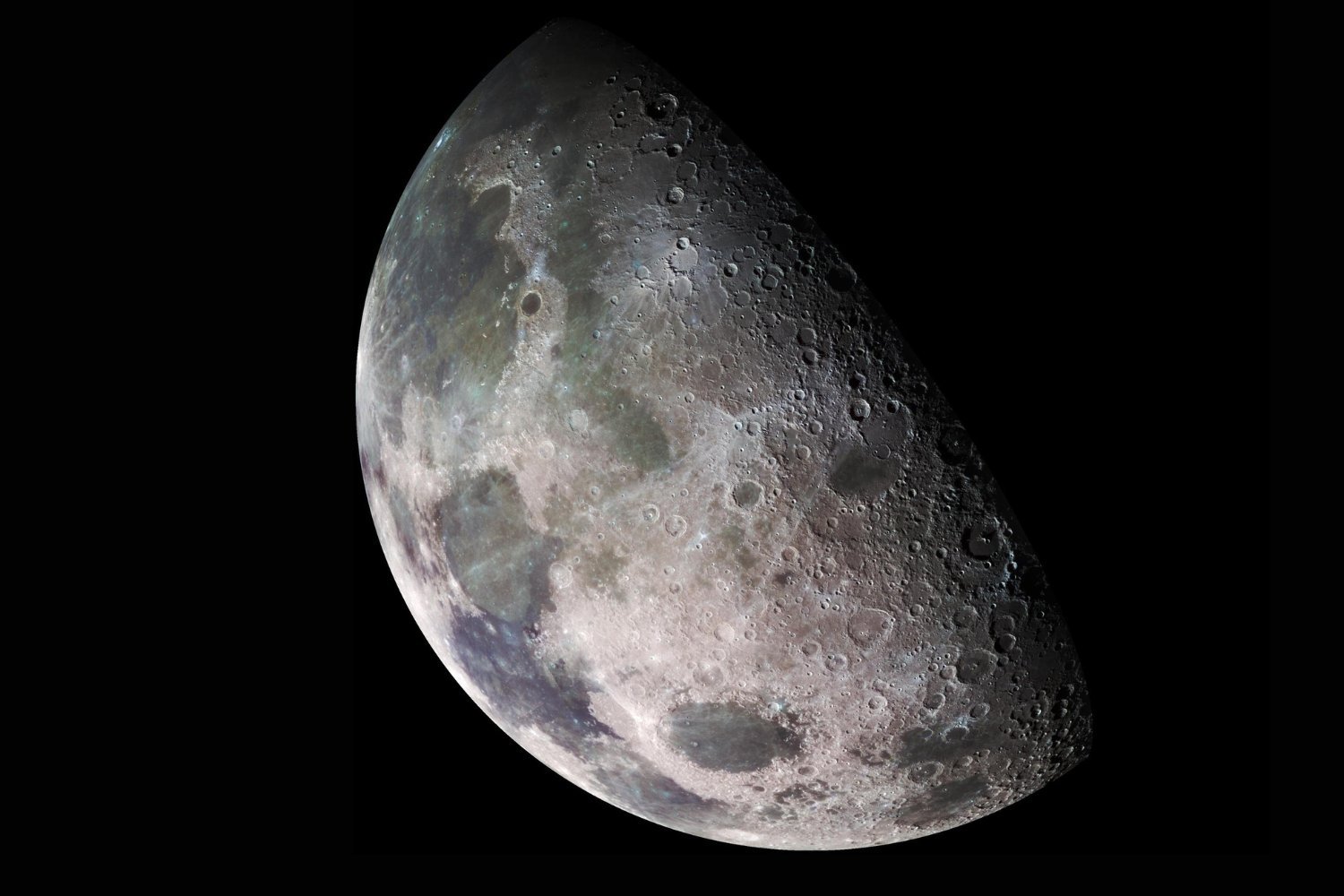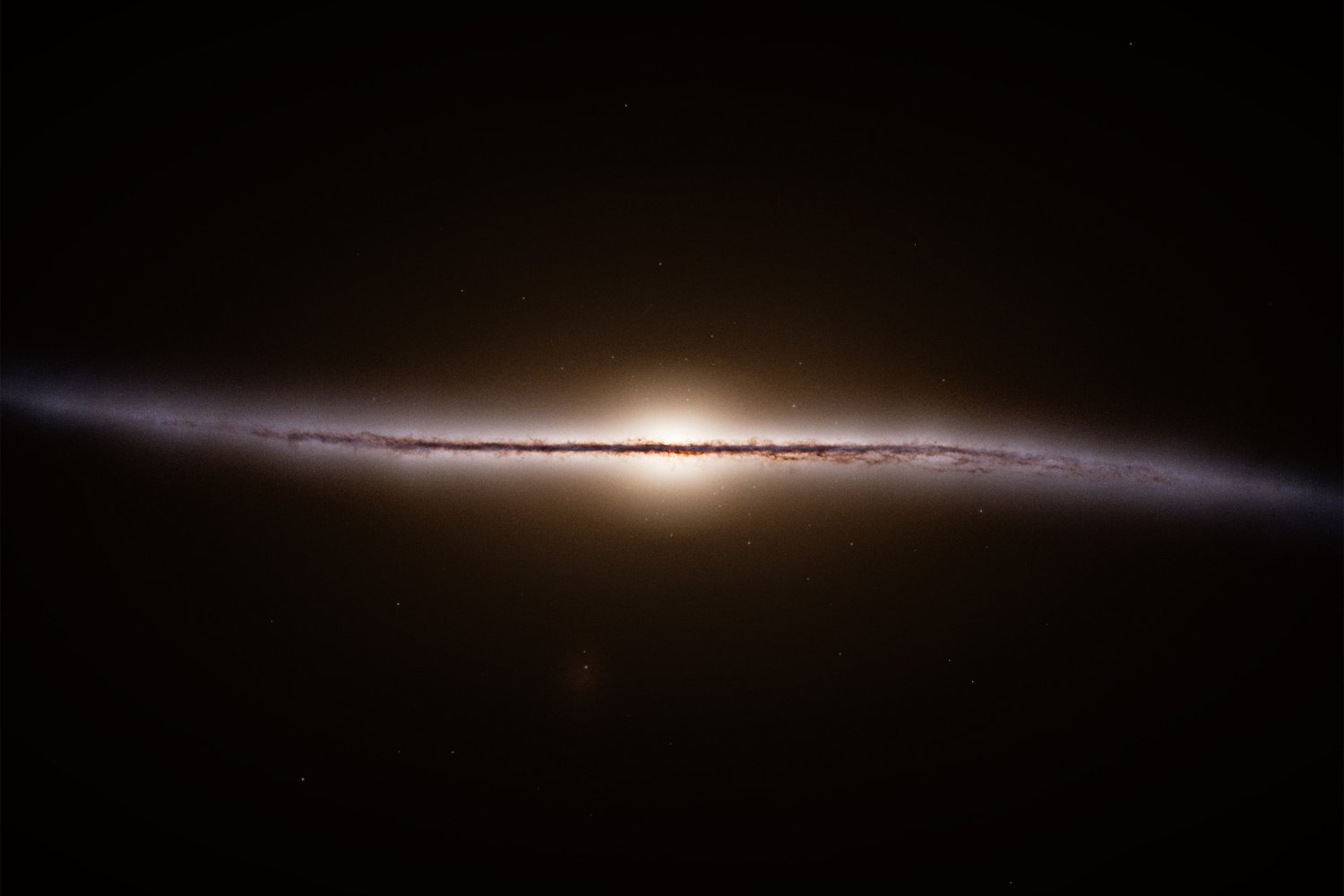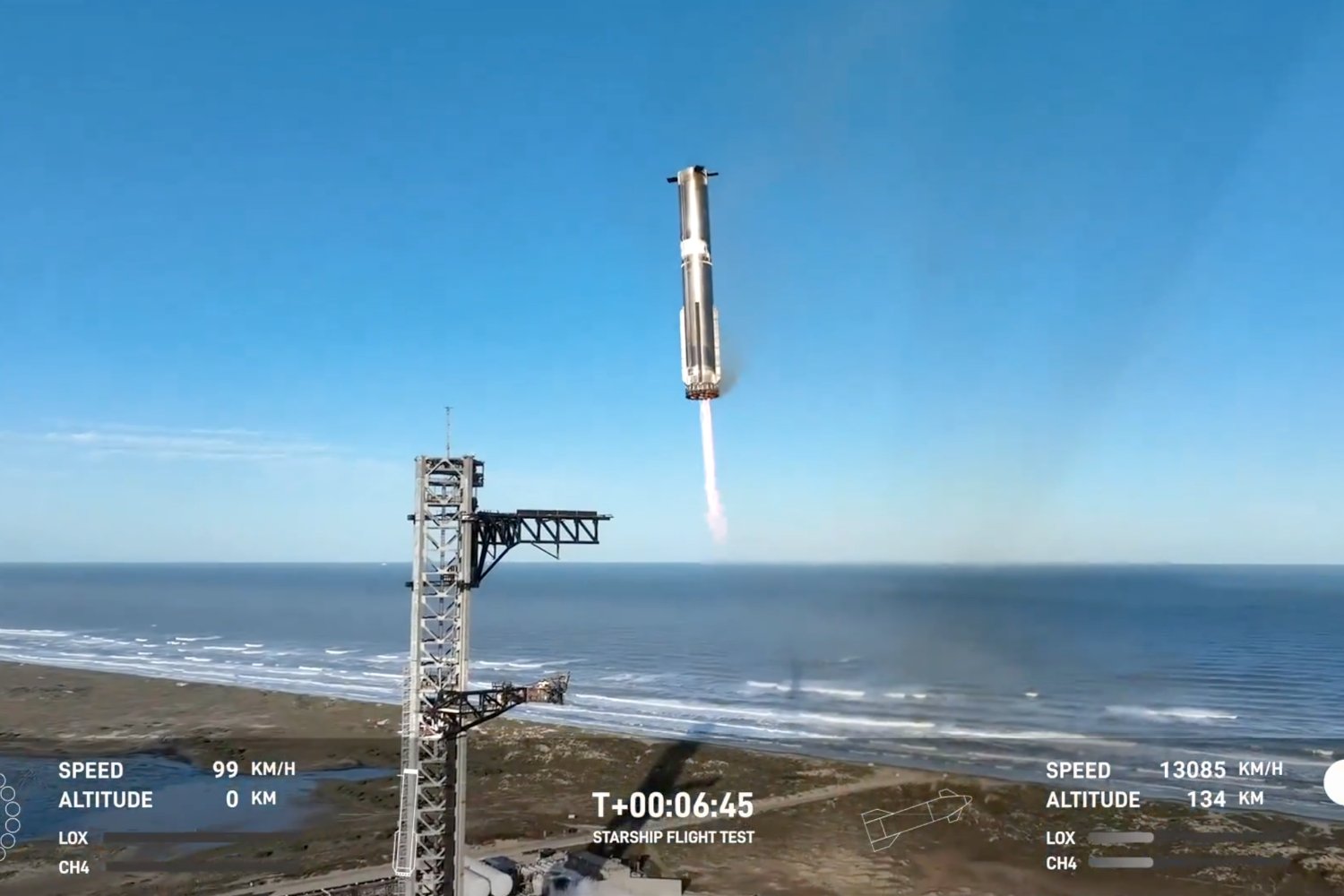A large metal ring plummeting from the sky onto a Kenyan village has sparked a two-week investigation into its origins, raising concerns about the difficulties in tracking space debris and holding responsible parties accountable. The incident highlights the growing risks associated with uncontrolled re-entry of objects from orbit.
The Kenya Space Agency (KSA) is actively investigating the object, which landed in Mukuku Village, Makueni County, on December 30, 2024. Despite initial assumptions that the ring was discarded space debris, its precise source remains elusive. The oval-shaped fragment measures approximately 8 feet (2.5 meters) in diameter and weighs around 1,100 pounds (500 kilograms). Early assessments suggest it could be a separation ring, a component used to connect payloads to rockets during launch. These rings are typically designed to burn up upon re-entry or disintegrate into smaller fragments over uninhabited ocean areas.
The KSA has officially denied rumors linking the object to the Indian Space Research Organization and dismissed claims of compensation for villagers. In a statement on X, the agency urged the public to await official findings and cautioned against unverified reports.
Subsequent speculation pointed to object 33155 (2008-034C), an Ariane SYLDA adapter from flight V184 launched on July 7, 2008, as a potential source. The SYLDA, a hollow shell used to accommodate multiple payloads, was left in a geostationary transfer orbit and reportedly re-entered on December 30, coinciding with the ring incident. However, this remains speculative.
Harvard-Smithsonian astrophysicist Jonathan McDowell, an expert in space tracking, highlighted the limitations in tracking low-inclination objects at low altitudes, leading to uncertainty about the re-entry time and location. He expressed skepticism about the space debris origin of the ring, citing marginal evidence.
Marco Langbroek, an astrodynamics lecturer at Delft Technical University, while discounting the Ariane SYLDA adapter theory, noted the discovery of other fragments consistent with space debris, such as carbon wrap and insulation foil, near the ring’s impact site. This raises further questions about the object’s true origin.
This incident underscores the increasing risk of falling space debris and the challenges in tracing its source. In March 2023, a two-pound cylinder-shaped object, later identified as part of a pallet of old batteries jettisoned from the International Space Station by NASA, crashed through a Florida home, leading to a lawsuit. Unclaimed debris often leaves victims without recourse for damages.
With an estimated 200 to 400 human-made objects re-entering Earth’s atmosphere annually, the probability of debris landing in populated areas, while slim, is not negligible. The 1972 Liability Convention holds launching countries responsible for damage caused by their space objects. However, liability for companies or institutions is contingent on proven negligence, a term lacking clear definition in this context. The Kenyan incident, with its unclaimed debris, exemplifies the ambiguities surrounding responsibility and accountability in such cases.
The mystery surrounding the metal ring serves as a stark reminder of the complex challenges posed by space debris and the need for robust international regulations to address the growing risks and ensure accountability for damage caused by objects falling from space.



